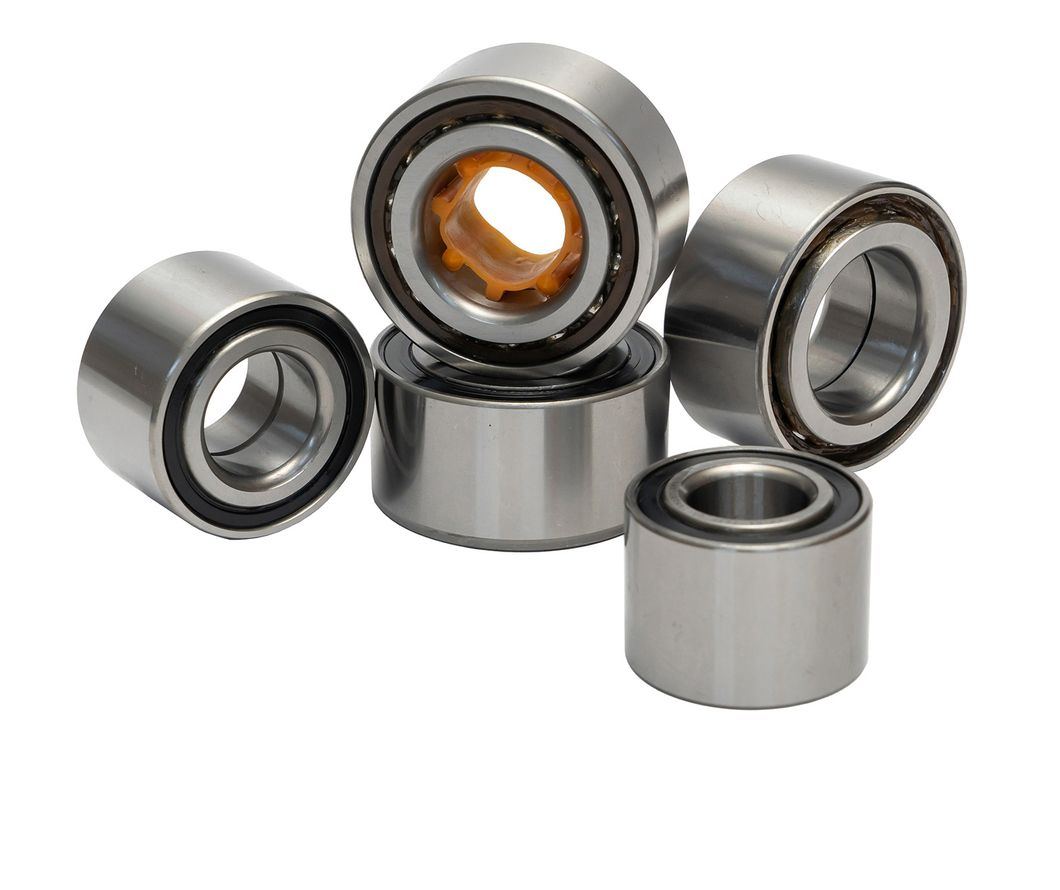The core differences between DU (double row tapered roller bearing unit) and DAC (double row angular contact ball bearing unit) hub bearings lie in their structural design, load-bearing capacity, and application scenarios: DU adopts a tapered roller structure, which has a stronger load-bearing capacity but a lower speed; DAC adopts a ball structure, which is suitable for high-speed and light-load scenarios and can withstand bidirectional axial loads.
1. Structural Design Differences
DU Bearings: Composed of double-row tapered rollers, with the rollers making line contact with the raceways. They offer high structural rigidity but also have relatively high frictional resistance.
DAC Bearings: Employ a double-row angular contact ball design, with the balls making point contact with the raceways. The contact angle is typically 30 degrees, resulting in a smaller footprint and lower frictional resistance.
2. Load Capacity Comparison
Radial Load: Due to its tapered roller structure, the DU bearing has a significantly higher radial load capacity than the DAC bearing, making it suitable for heavy-duty applications.
Axial Load: The DAC bearing can withstand bidirectional axial loads, limiting bidirectional shaft displacement; while the DU bearing can withstand axial loads, its primary load is radial.
3. Speed and Rigidity:
DAC bearings, due to their spherical design, are suitable for high-speed rotation (e.g., front wheels of passenger cars) and can withstand overturning moments.
DU bearings, due to their higher friction, are suitable for low-to-medium speed applications (e.g., rear wheels of trucks), offering higher rigidity but a lower limiting speed.
4. Typical Applications:
DAC bearings: Commonly used in applications with high space and speed requirements, such as front wheel hubs of passenger cars and precision machinery, providing smooth rotation and low noise.
DU bearings: Primarily used in heavy-duty or impact-load environments, such as rear wheels of commercial vehicles and industrial equipment, emphasizing durability and load-bearing strength.
